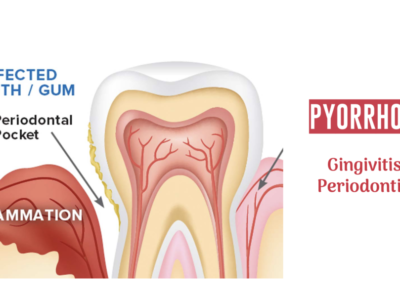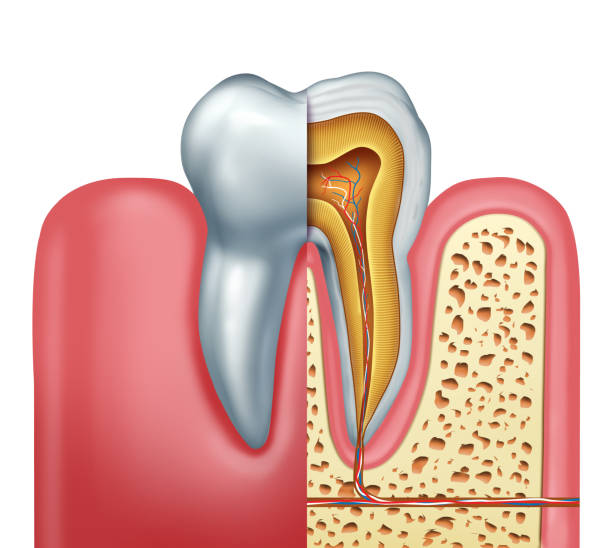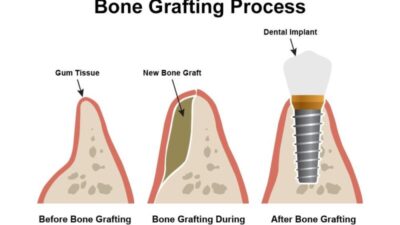India has a range of treatment options for oral cancer and is well-known for its sophisticated healthcare facilities and medical tourism. With its cutting-edge facilities and skilled medical staff, the nation has developed into a center for those looking for high-quality care at affordable costs. Knowing how much treatment will cost for a health issue like mouth cancer is essential. We explore the topic of oral cancer treatment costs in India in this blog. We’ll look at the costs of several treatments, including radiation therapy, chemotherapy, and surgery.
What is oral cancer?
Oral cancer includes any form of cancer that develops in the mouth, including the lips, tongue, gums, inner lining of the cheeks, roof or floor of the mouth, or throat. Usually, it begins as a little, painless lump or sore that refuses to go away. It has the potential to grow and spread to other oral or body parts over time.

How is oral cancer diagnosed?
- Dr. Chirag Chamria and his colleagues will typically perform a physical examination of the patient’s mouth, throat, and neck as the initial step. They search for any obvious indications of anomalies, such as lumps, lesions, or alterations in the tissue’s color or texture.
- If anything suspicious appears on Dr. Chamria’s inspection, a biopsy may be performed. A biopsy involves taking a tiny sample of tissue from the suspicious location and looking at it under a microscope to see if cancer cells are present.
- The mouth cavity, throat, and surrounding structures can be thoroughly imaged using imaging tests including X-rays, CT, MRI, or PET scans. These examinations assist in assessing the cancer’s spread and overall severity.
- An endoscopy, or internal examination of the neck and esophagus, may occasionally be conducted using an endoscope—a thin, flexible tube fitted with a camera. This process can aid in the visualization of any malignancies or abnormalities in these regions.
- Assessments of general health and organ function may involve laboratory testing, including blood tests. Also, search for specific compounds or clues that might indicate the presence of malignancy.
What are the treatment options for oral cancer?
- Treatment usually consists of surgery to remove the tumor when oral cancer is discovered early. In order to check for cancer spread, Dr. Chamria might additionally remove adjacent lymph nodes.
- Cancer cells are targeted and destroyed using protons and other high-energy beams. Chemotherapy or surgery can be combined with radiation therapy or administered alone.
- Medications are used to either stop or completely eradicate cancer cells. Chemotherapy can be given orally, intravenously, prior to or following surgery, and in addition to radiation therapy.
- Targeted therapy specifically targets chemicals or pathways implicated in the development of cancer. Targeted therapy drugs aim to block certain targets, thereby killing cancer cells.
- Immunotherapy stimulates the immune system to identify and eliminate cancerous cells. It can be used for advanced or recurring oral cancer alone or in combination with other therapies.
- After a tumor is removed, reconstructive surgery can be required to restore the jaw, throat, and mouth to their pre-tumor state.
- Palliative care aims to improve quality of life by controlling symptoms and offering support for advanced patients or when a cure is not possible.
Cost of Oral Cancer Treatment in India
Oral cancer treatment costs in India are influenced by two major factors: the severity of the ailment and the city where treatment is sought. Across the nation, the average cost is between ₹ 90,000 and ₹ 5,00,000. The price range in Hyderabad, specifically, is ₹ 90,000 to ₹ 4,00,000, indicating how reasonably priced the city’s treatment alternatives are.
Bangalore offers a larger range of prices; the starting price is ₹ 90,000, the average cost is ₹ 500,000, and the maximum price is ₹ 2,400,000. Bangalore is noted for its state-of-the-art healthcare facilities. These price differences emphasize how crucial it is to take accessibility and affordability into account while organizing oral cancer treatment in India, taking into account healthcare facilities and location in accordance with patient requirements and financial limitations.
Factors that Affect the Cost of Oral Cancer Treatment
- The cost of treatment is greatly influenced by the stage of the oral cancer diagnosis. As a result, early-stage malignancies may be less expensive to treat than advanced-stage cancers, which may require more extensive radiation, chemotherapy, or surgery.
- Costs vary depending on the treatment plan selected, including surgery, radiation therapy, chemotherapy, targeted therapy, and immunotherapy. Advanced treatment methods or combination medicines may potentially increase costs.
- The sort of healthcare facility used, which might include government hospitals, specialty cancer centers, and private clinics, affects costs. Treatment expenses may be greater in facilities with cutting-edge technology, skilled oncologists, and extensive support services.
- Depending on the city or area where a patient receives therapy, treatment expenses can differ greatly. Healthcare costs in urban locations may be greater than in rural or sparsely inhabited areas due to their higher cost of living.
- Surgical treatments, post-operative care, radiation or chemotherapy sessions, and treatment duration all affect total expenditures.
- Ancillary services like imaging, medications, supportive care, rehabilitation, and diagnostic tests affect the overall cost of treating oral cancer.
- The extent of insurance coverage, which covers payments for hospital stays, cancer treatment, antibiotics, and follow-up care, affects patients’ out-of-pocket expenses.
- Treatment complexity and related expenses may be influenced by the patient’s overall health status and any pre-existing medical disorders.
How to Make Oral Cancer Treatment More Affordable in India
Adopting several policies and initiatives to remove financial obstacles and provide access to high-quality care is necessary to lower the cost of oral cancer treatment in India. One approach to comprehending the financial burden of oral cancer on patients, medical facilities, and society at large is to conduct cost-of-illness research. This study aids in pinpointing opportunities for efficient cost-cutting initiatives.
Step-up strategies for pharmaceuticals and tiered formularies can also optimize treatment costs. By classifying drugs according to their effectiveness and cost, tier formularies give patients access to more economical solutions without sacrificing the quality of their care. A step-up strategy begins with less expensive drugs at first and, if necessary, progressively increases to more costly ones, depending on the patient’s response and the course of the illness. These tactics guarantee successful treatment outcomes while easing patients’ budgetary burdens.
Conclusion
In conclusion, it’s critical for both patients and healthcare professionals to comprehend the costs of oral cancer treatment in India. In order to make therapy more accessible and cheap, Dr. Chirag Chamria stresses the significance of putting cost-effective measures like screening programs and tiered formularies into practice. We can help people in India who are fighting oral cancer live better lives by removing financial obstacles and encouraging early detection.


















